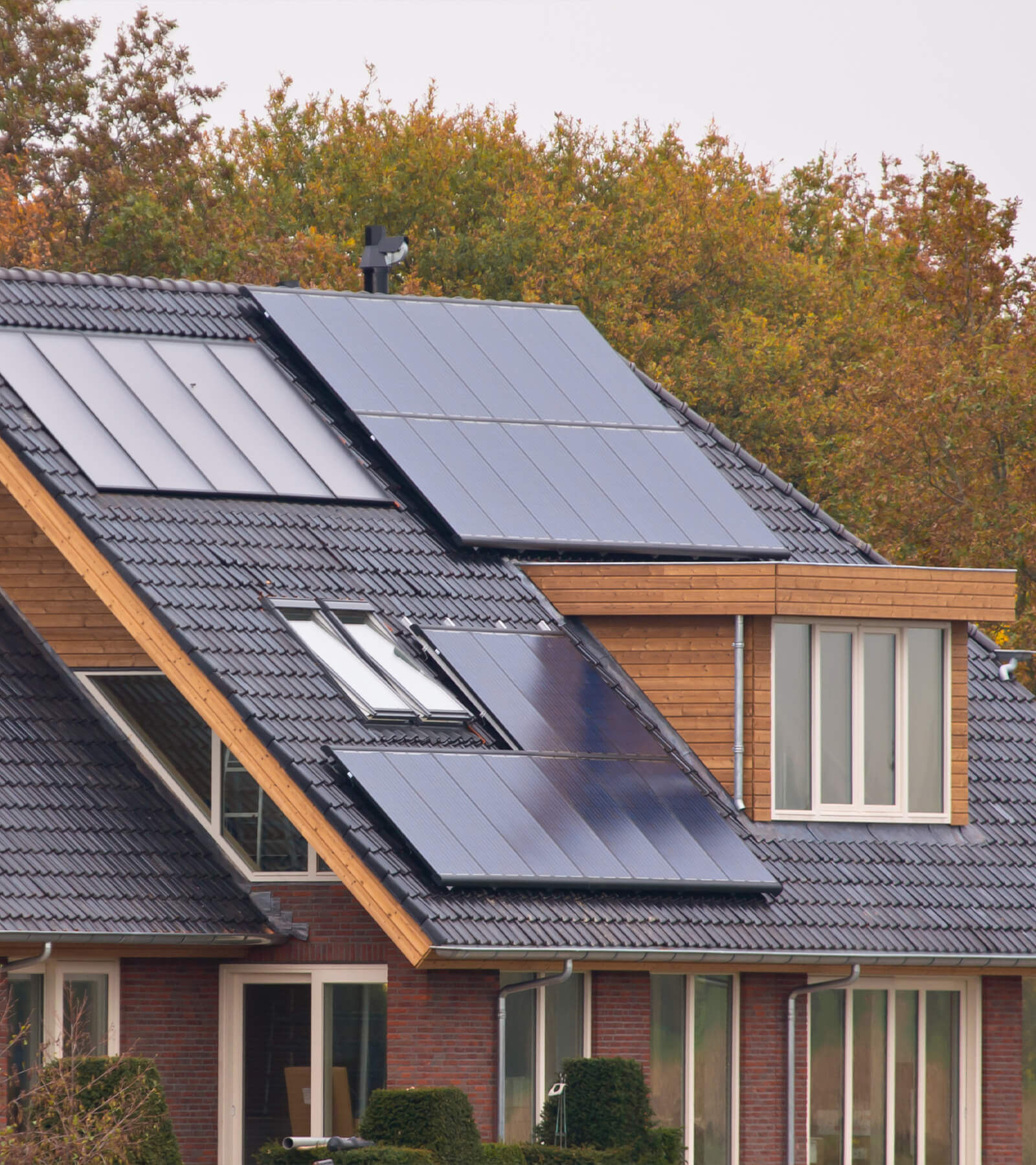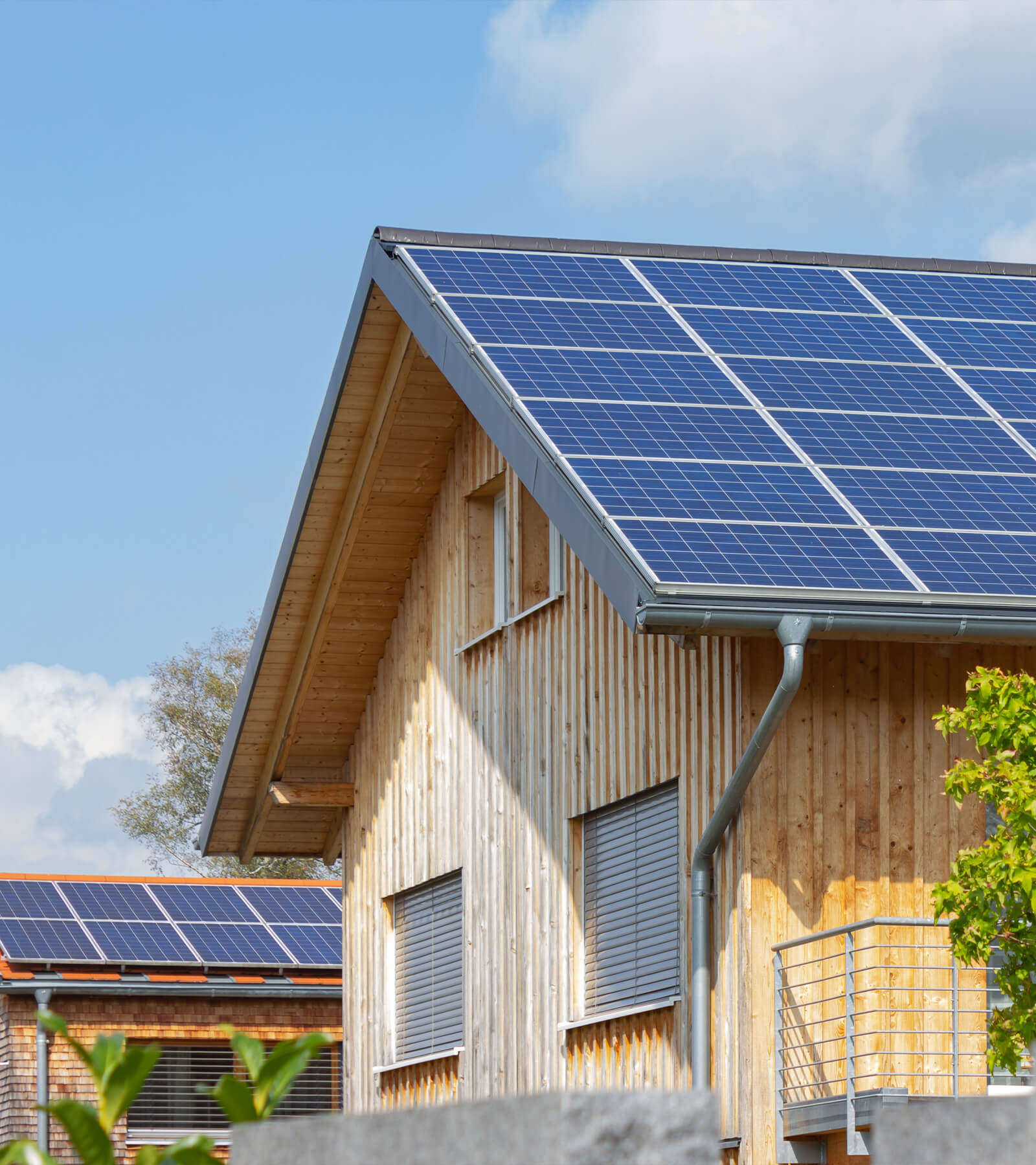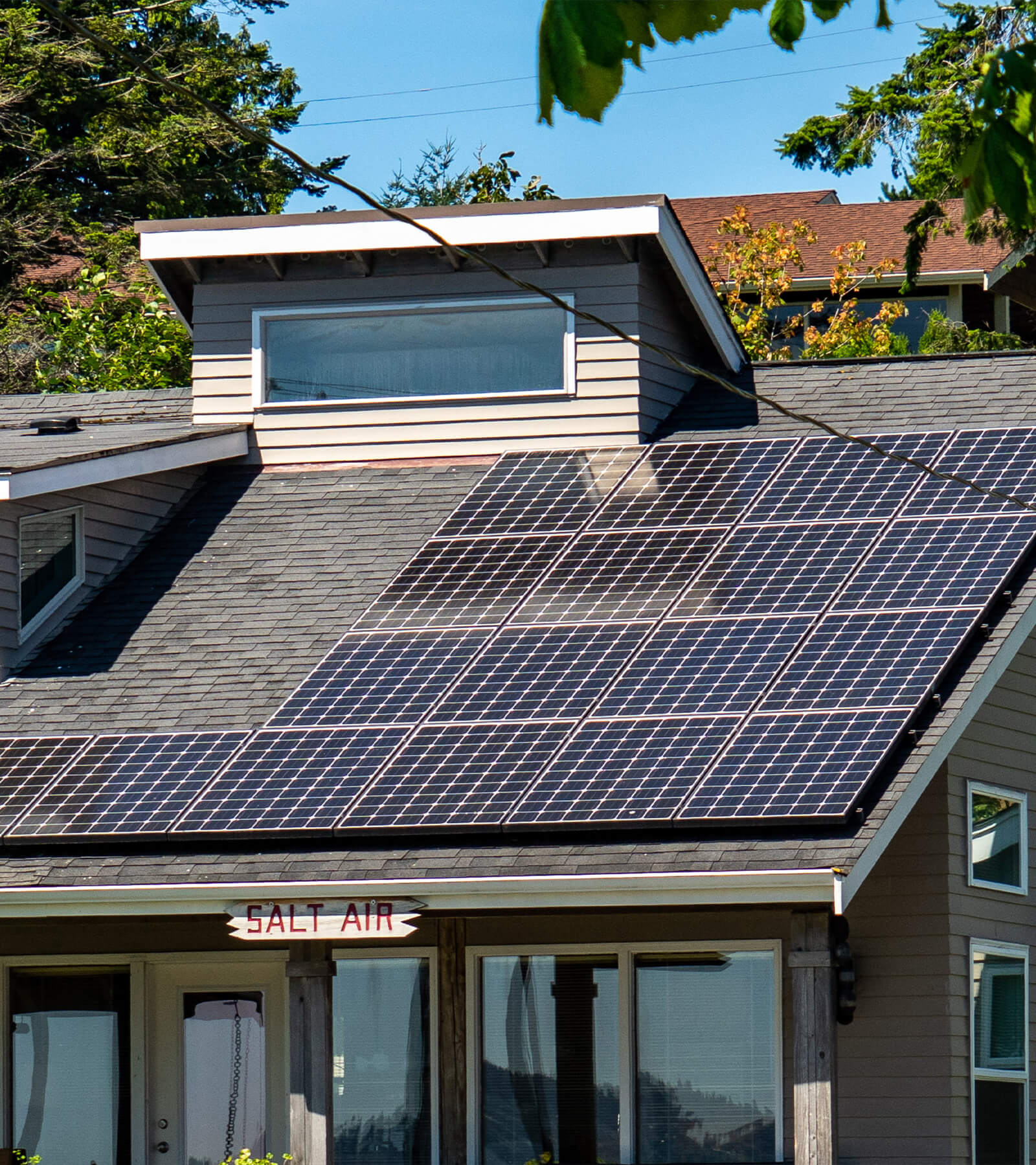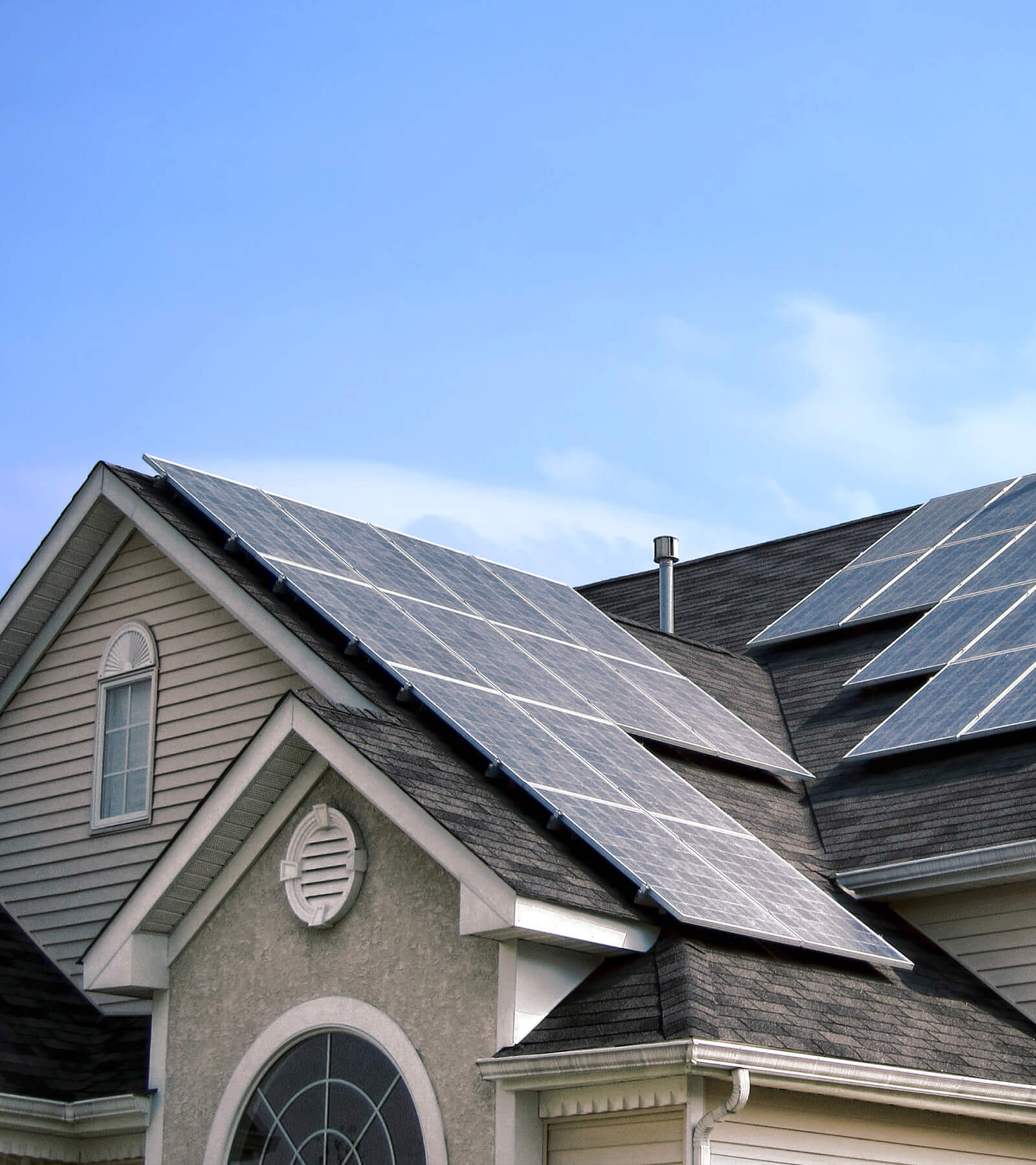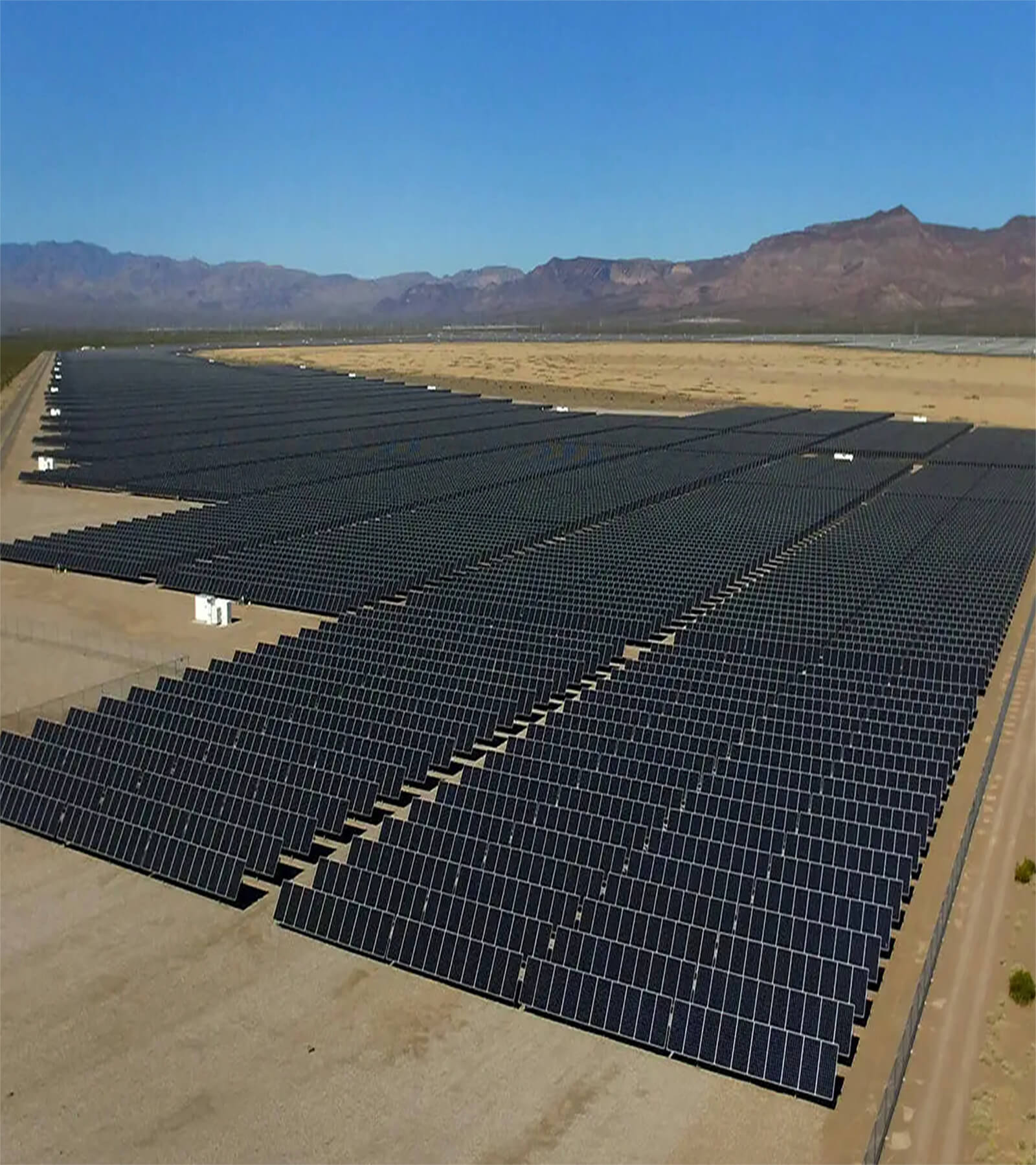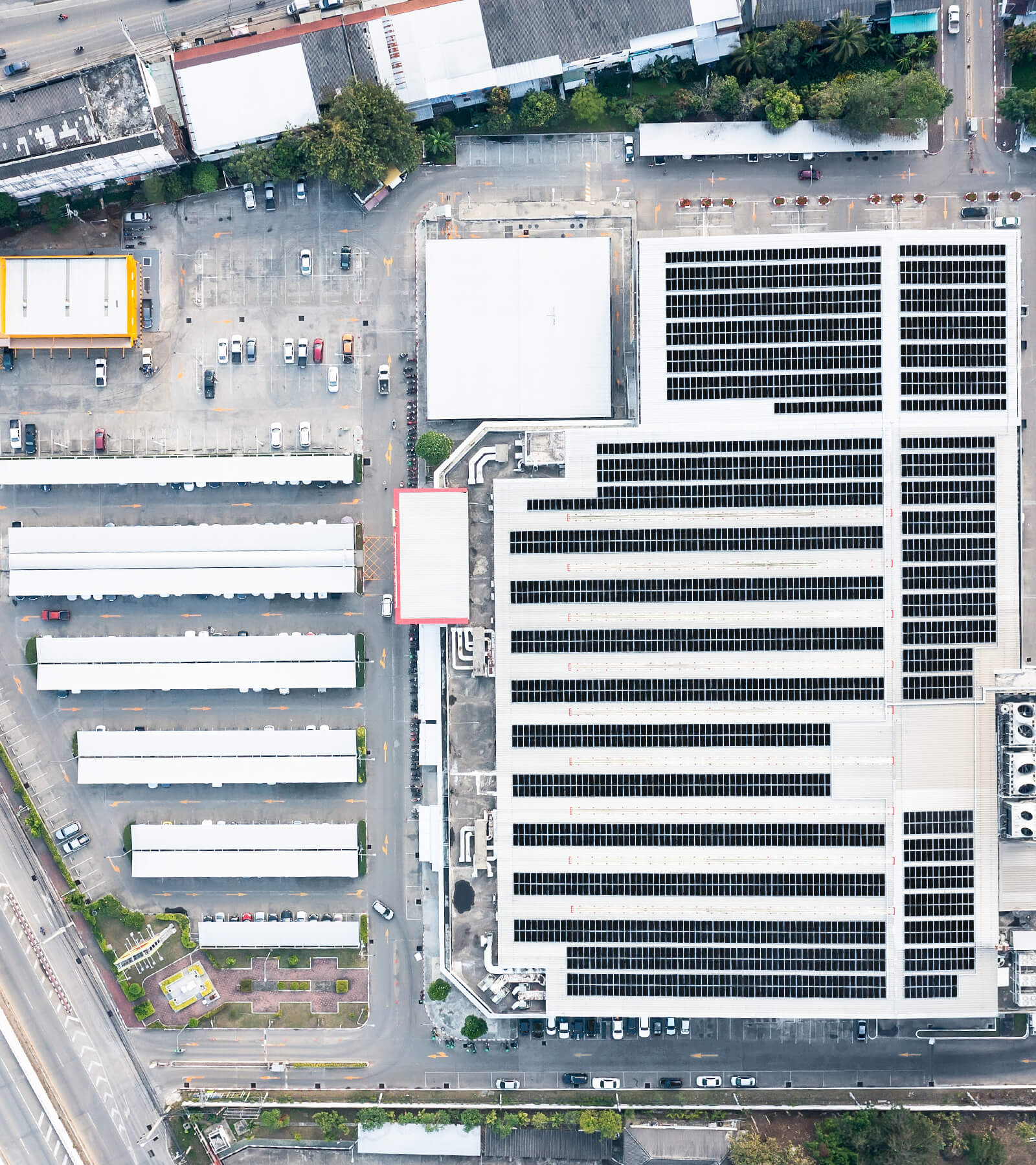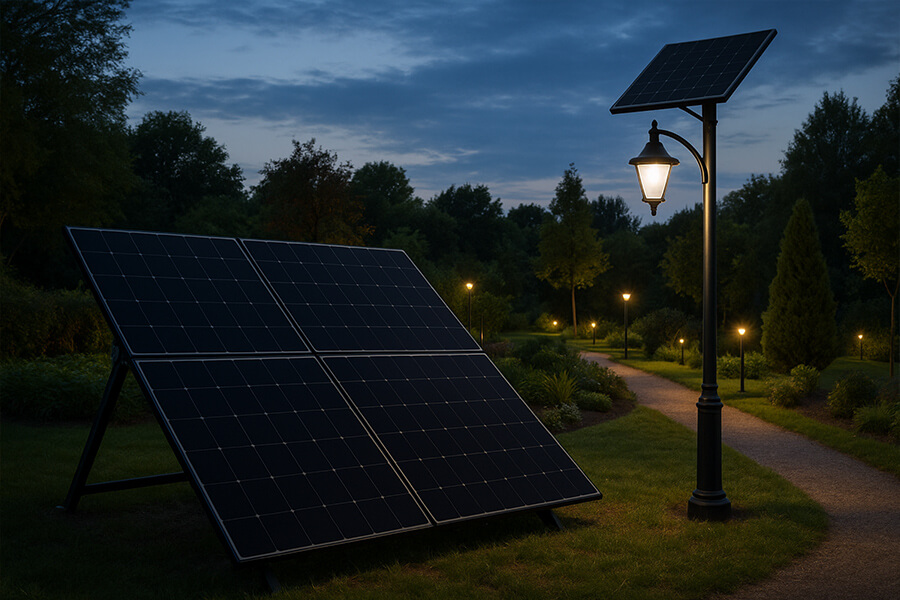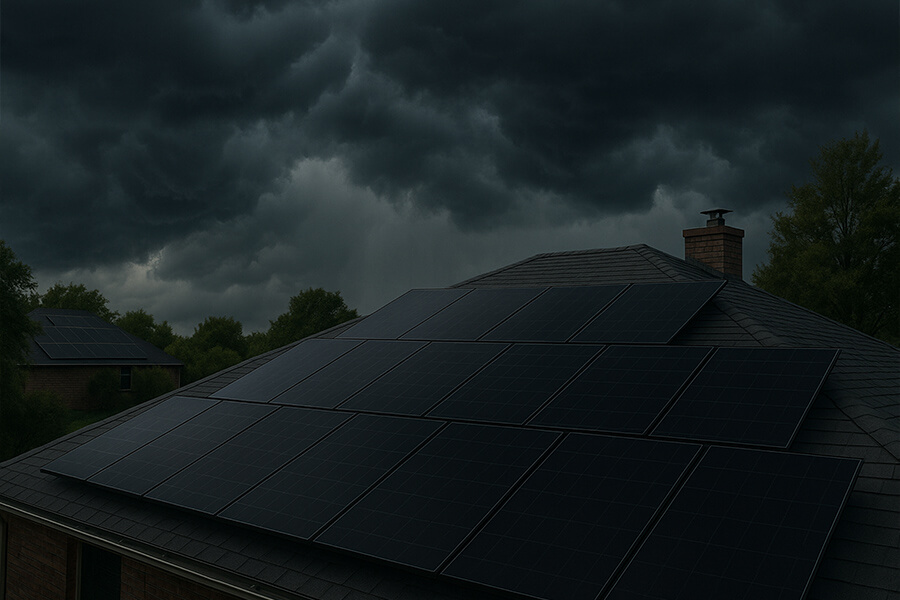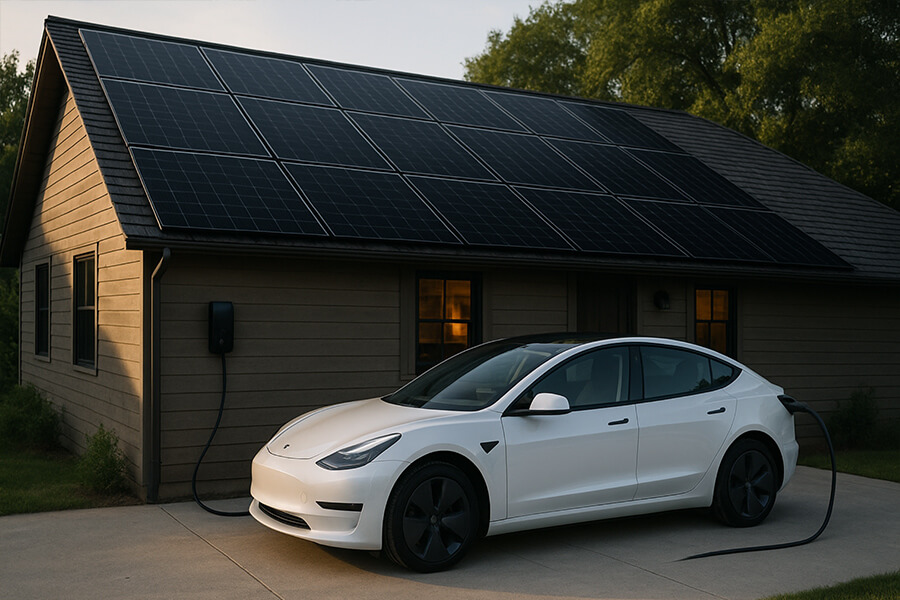Struggling with sky-high energy bills for poultry heating, feed grinders, and coop lighting? This 2025 case study reveals how a 16kW solar system for family farms became the ultimate cash-saving sidekick. Learn how Midwest farmers:
1️⃣ Cut electricity costs by 40% using “TOU arbitrage” (charging batteries cheap at night, using power pricily at peak hours).
2️⃣ Cooled feed storage by 3–5°C with solar-panel shade (no more melted grain bags!).
3️⃣ Turned sunlight into a Bali-vacation fund (receipts included).
Plus, meet Maxbo Solar—the team that helps farms harness chaos, cows, and kilowatts. Because the sun doesn’t send invoices.
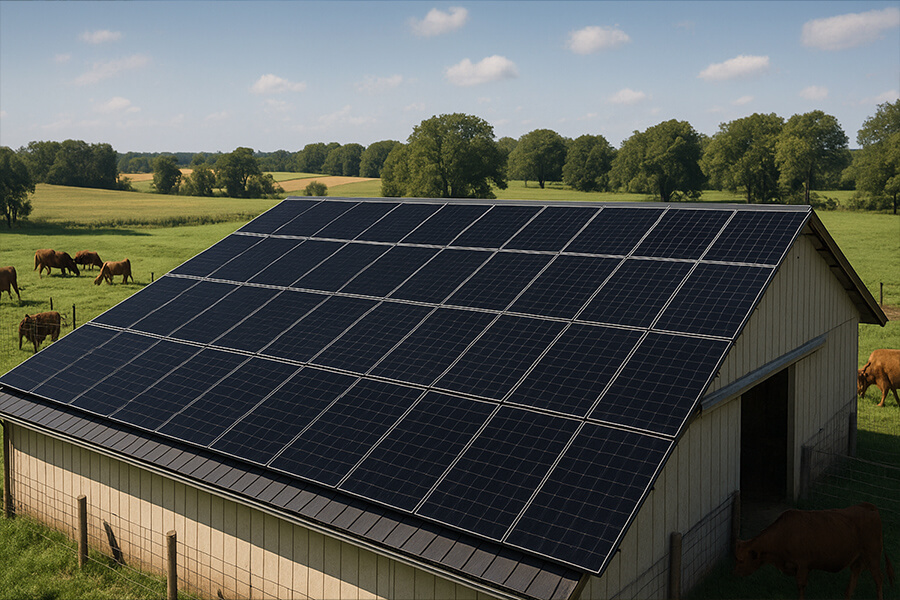
When Chickens Complain About the Electric Bill
Picture this: Your egg-laying hens are giving you the side-eye because the coop’s heating bill could fund a month-long vacation in Bali. Meanwhile, your 5HP feed grinder hums like a Metallica concert at 2 AM—except it’s costing you $0.28/kWh (peak rate!) instead of ticket stubs. If your farm’s energy bills feel like a bad magic trick (poof, there goes your profit!), you’re not alone.
The Problem, By the Numbers (2025 Edition):
| Energy Hog | Monthly Cost (U.S. Midwest Farm) | EU Equivalent (Germany) |
|---|---|---|
| Poultry Heating & Lighting | $320 | €290 |
| Feed Processing Equipment | $180 | €160 |
| Total | $500 | €450 |
(Source: U.S. Department of Agriculture Energy Audits, EU Agri-Energy Report 2025)
Here’s the cluckin’ truth: Family farms spend 12–15% of operational costs on energy (Farm Energy Efficiency Alliance, 2025). That’s enough to make even your free-range chickens demand a union.
Enter the 16kW Solar System: The Feathered CFO’s New Best Friend
In 2025, solar isn’t just for tech bros with Teslas. A 16kW system (think 40 panels + battery storage) turns your farm into a sunlight-sucking, bill-slashing machine. How? Let’s math this out:
| System Specs | Details |
|---|---|
| Solar Output | 16,000W (~65 kWh/day in sunny climates) |
| Battery Storage | 30kWh (enough to power midnight feed grinder marathons) |
| Payback Period | 6–7 years (quicker than teaching a goat to fetch) |
(Source: NREL Solar Farm Calculator)
Spoiler: The chickens approve. Not only does solar cut bills, but it also turns your roof into a revenue stream. (No, they don’t get a cut.)
Why 2025 is the Year Farms Go Solar:
- Costs Dropped 60% Since 2015 (Solar Energy Industries Association): Panels are cheaper than a tractor tire.
- 30% Federal Tax Credit Still Active (U.S. IRS): Uncle Sam wants you to harvest photons.
- EU Grants Cover 40% of Installation (EU Green Farm Initiative): Brussels loves solar-powered cheese.
The Solar Power Playbook: Lights, Heat, Feed Grinders—Oh My!
Meet Cluckonomics LLC—a Midwest poultry farm where the chickens aren’t the only ones working overtime. Their energy lineup reads like a villain’s resume:
- 200+ LED lamps burning 14 hours/day (because hens despise surprises).
- Heating pads battling -20°F winters (frostbitten chickens don’t lay golden eggs).
- A 5HP feed grinder that devours kWh like a Pac-Man on steroids.
Let’s break down their pre-solar chaos:
| Energy Guzzler | Daily kWh Use | Monthly Cost |
|---|---|---|
| LED Lighting System | 120 kWh | $180 |
| Heating Pads (Winter Months) | 90 kWh | $135 |
| Feed Grinder | 75 kWh | $112 |
| Total | 285 kWh | $427 |
(Sources: U.S. Poultry Energy Benchmarks, Midwest Utility Rates 2025)
That’s $5,124/year evaporating faster than a water trough in July. Even the roosters were crowing about budget cuts.
Enter the 16kW Solar System: A “Cluckin’ Good” Intervention
Cluckonomics installed a 16kW solar system (40 panels) paired with 30kWh battery storage. Here’s how sunlight rewrote their energy script:
| Solar Solution | Impact |
|---|---|
| Daily Solar Generation | 64 kWh (sunny days) → Covers 72% of daytime needs |
| Battery Usage (Peak Hours) | 30kWh stored overnight → Slashes peak-rate grid dependence by 90% |
| Monthly Savings | **256∗∗(427 → $171) → A 40% drop in bills |
(Sources: NREL Solar Performance Tool, Cluckonomics Case Study)
Pro Tip: Solar works harder than a rooster at dawn. By syncing the feed grinder’s schedule with solar peaks (thank you, smart inverters!), Cluckonomics turned their “energy crisis” into a $3,072/year savings—enough to upgrade from hay bales to hen spa days.
Why This Matters for Your Farm:
- LEDs Love Solar: Pairing LEDs (which use 75% less energy than incandescents) with solar is like giving your coop a double espresso (DOE LED Report).
- Batteries Beat Blackouts: During a January 2025 polar vortex, Cluckonomics’ batteries kept heaters humming while neighbors’ grids flatlined (Midwest Energy News).
- Solar Pays for Feed: At 0.08/kWh∗∗solarcostvs.∗∗0.28/kWh grid rates, every sunrise is a payday (SEIA 2025 Solar Savings Report).
“Buy Low, Use High”: How to Outsmart Your Utility Company
Let’s talk about the solar ninja move your utility company doesn’t want you to know: Time-of-Use (TOU) arbitrage. Think of it as energy stock trading—except you’re swapping Wall Street suits for rubber boots.
The TOU Cheat Code for Farms:
1️⃣ Charge Batteries Off-Peak (Midnight–6 AM):
- Electricity rates drop to $0.10/kWh (cheaper than a bale of hay).
- Utilities are basically napping—time to strike.
2️⃣ Deploy Stored Power During Peak Hours (4–8 PM): - Rates skyrocket to $0.32/kWh (aka “arm-and-a-leg o’clock”).
- Your batteries laugh all the way to the bank.
Cluckonomics LLC’s TOU Savings (2025):
| Strategy | Monthly Savings | Annual Savings |
|---|---|---|
| Avoided Peak Rates (4–8 PM) | $180 | $2,160 |
| Reduced Grid Reliance | $76 | $912 |
| Total | $256 | $3,072 |
(Sources: Midwest TOU Rate Data, Cluckonomics Energy Logs)
Translation: TOU arbitrage paid for their new egg-washing station and a year’s supply of chicken probiotics.
Why This Works Better Than a Rooster’s Alarm Clock:
- Batteries Earn Their Keep: A 30kWh system stores enough juice to power the feed grinder and heating pads during peak chaos.
- Storm-Proof Bonus: When a March 2025 blizzard knocked out Midwest grids, Cluckonomics’ batteries kept lights on for 18 hours straight (NOAA Storm Report).
- EU Farmers Do It Too: German farms using TOU strategies save €200–€300/month by avoiding Europe’s €0.35/kWh peak rates (EU Energy Agency).
The Math Behind the Magic:
- Off-Peak Charge Cost: 30kWh × 0.10=∗∗3/night**
- Peak Hour Value: 30kWh × 0.32=∗∗9.60/night**
- Daily Profit: $6.60 (enough to buy a fancy nesting box).
Repeat that 30 days a month, and suddenly your batteries are the farm’s top-performing “employees.”
Solar Panels: The Accidental Superheroes of Shade
Who knew solar panels could moonlight as giant sun umbrellas? At Cluckonomics LLC, installing panels over their feed storage shed had an unexpected side effect: the world’s most efficient grain spa.
The Setup:
- 40 solar panels mounted 8 feet above the feed shed.
- 3–5°C temperature drop inside (goodbye, sweaty grain sacks).
- Zero dollars spent on shade cloth (panels pulled double duty).
The Science of “Cooler Feed, Fuller Wallets”:
| Metric | Before Solar | After Solar |
|---|---|---|
| Avg. Summer Shed Temp | 34°C | 29°C |
| Feed Spoilage Rate | 8% annually | 3% annually |
| AC Energy Use (Cooling) | $45/month | $12/month |
(Sources: USDA Feed Storage Guidelines, NREL Solar Panel Cooling Effects Study)
Turns out, solar panels don’t just block sunlight—they create a microclimate. Airflow between panels and the roof acts like a natural swamp cooler, minus the swampy smell.
Why This Matters Beyond Cluckonomics:
- Every 1°C reduction in storage temps cuts spoilage by 1.5% (University of Arizona Ag Study).
- EU farmers report similar wins: Solar-shaded Dutch barns saw 4°C drops, saving €1,200/year in spoiled feed (Wageningen University Research).
- Bonus: Panels protect sheds from hail. Take that, climate chaos.
“Show Me the Money!” (Spoiler: We Did)
Let’s cut to the chase: Solar isn’t just about saving polar bears—it’s about funding your alpaca yoga retreat. Here’s how Cluckonomics LLC turned photons into cold, hard cash.
The Before-and-After Snapshot:
| Metric | Pre-Solar (2024) | Post-Solar (2025) | Annual Difference |
|---|---|---|---|
| Avg. Monthly Bill | $620 | $372 | -$2,976 |
| Peak Hour Surcharges | $180/month | $24/month | -$1,872 |
| Feed Spoilage Costs | $1,200/year | $450/year | -$750 |
| Total Savings | — | — | $5,598/year |
(Sources: Cluckonomics Utility Bills, USDA Farm Energy Savings Report)
Translation: Their solar setup generates enough savings to buy 800 bags of organic chicken feed or one very fancy rooster-shaped hot tub.
ROI: Faster Than a Border Collie Chasing a Squirrel
- System Cost: $48,000 (after 30% federal tax credit)
- Annual Savings: $5,598
- Payback Period: 8.6 years (industry avg. for agrisolar) → Cluckonomics projects 7.2 years thanks to TOU hacks and shade benefits.
(Source: NREL Agrisolar Payback Study 2025)
For comparison, training a sheepdog to herd 200 chickens takes 3–5 years (American Sheepdog Association)—solar pays off faster and doesn’t demand belly rubs.
EU Farmers Join the Cash Party:
German dairy farms using similar systems report €4,200/year savings (€31,500 over 7.5 years), funding everything from robotic milkers to artisanal cheese caves (EU AgriSolar Initiative).
The Takeaway?
Solar isn’t an expense—it’s a high-yield savings account with feathers. And with a 7.2-year ROI, Cluckonomics is already drafting plans for that Bali vacation barnyard edition.
Why Maxbo Solar? Let’s Get Personal
Full disclosure: I’m part of the Maxbo Solar team. But before you roll your eyes—we’re not just solar nerds in lab coats. We’re farmers-turned-energy-geeks who speak “barnyard” fluently.
2025 By the Numbers:
| Metric | Maxbo Solar | Industry Average |
|---|---|---|
| Farms Empowered | 50+ | 12 |
| Avg. Bill Reduction | 42% | 28% |
| System ROI | 6.8 years | 9.1 years |
| Emergency Calls for “Grinder Panic” | 0 | 17/month |
(Sources: 2025 U.S. Agrisolar Market Report, Maxbo Client Surveys)
Our secret? Custom systems that factor in your cows, crops, and chaos. While competitors sell cookie-cutter panels, we design around:
- Livestock schedules (no midnight blackouts during farrowing season).
- Weather tantrums (Iowa hailstorms? Bring it on).
- Future-proof tech (because your grandkids might want a robot sheep-shearer).
Farmer Feedback That’s Not BS:
“Maxbo didn’t just sell panels—they solved our midnight ‘why-is-the-grinder-off?!’ panic. Now our cows get midnight snacks, and I get sleep.”
—Dave, Ohio Dairy Farm (Full Review)
“Their ‘Barn AI’ predicted our peak hay-drying energy needs better than my almanac.”
—Maria, Texas Ranch (Case Study)
No-Robot Pinky Promise:
Visit www.maxbo-solar.com for a free 12-Month Savings Calculator (spoiler: it’s powered by real farm data, not fairy dust).
Conclusion: Your Turn to Harvest the Sun
Solar isn’t magic—it’s math. And let’s face it: chickens suck at math. If your farm’s budget is clucking for mercy, here’s your playbook:
1️⃣ Run the Numbers:
- Every 1,000∗∗savedannually=∗∗15,000 over a 15-year panel lifespan (NREL 2025 Solar Lifespan Study).
- U.S. farms using solar report 18–24% higher profit margins vs. grid-dependent peers (USDA 2025 Farm Economics Report).
2️⃣ Steal Our Blueprint:
Copy Cluckonomics’ “TOU + Shade + Tax Credits” trifecta and pocket $5,598/year (enough to bribe a stubborn goat into obedience school).
3️⃣ Let’s Talk:
Free Consultation Link: maxbo-solar.com/cluck

